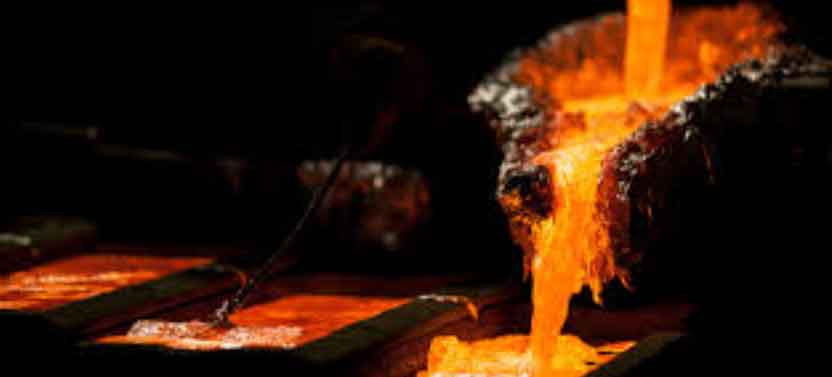
The casting industry in China has experienced a remarkable journey from its traditional roots to embracing technological advancements. Here’s an overview of how the industry has evolved:
- Traditional Casting Heritage: China has a rich heritage of traditional casting techniques that have been passed down through generations. Techniques such as sand casting and lost wax casting have been practiced in China for centuries and are still widely used today, especially for artistic and cultural applications.
- Technological Adoption: With the advent of modern technologies, China casting industry has embraced advanced techniques and equipment. Investment in research and development has led to the integration of automation, robotics, and computer-aided design and manufacturing (CAD/CAM) systems in casting processes. This technological adoption has significantly improved production efficiency, precision, and quality control.
- Advanced Foundry Equipment: Chinese casting foundries have invested in state-of-the-art equipment to enhance their capabilities. High-pressure die casting machines, induction melting furnaces, robotic systems, and advanced inspection equipment are now common in many Chinese foundries. This modern equipment enables higher productivity, improved casting quality, and greater control over the manufacturing process.
- Digitalization and Data-Driven Approaches: Chinese casting foundries have embraced digitalization and data-driven approaches to optimize production processes and improve decision-making. Computer simulations, virtual prototyping, and advanced modeling techniques are used to analyze and optimize casting designs, reducing lead times and minimizing material waste.
- Quality Assurance and Certifications: Chinese casting foundries have recognized the importance of quality assurance and have implemented robust quality management systems. Many foundries have obtained international certifications, such as ISO 9001, ISO/TS 16949 (for automotive), and ISO 14001 (for environmental management). These certifications demonstrate their commitment to quality control, process improvement, and environmental responsibility.
- Research and Development: China has invested heavily in research and development to drive innovation in the casting industry. Collaborations between academia, research institutions, and industry players have resulted in advancements in materials science, process optimization, and casting technologies. This focus on research and development has allowed Chinese foundries to stay at the forefront of technological advancements.
- Industry Collaboration and Clusters: China has developed casting industry clusters in specific regions, where foundries, material suppliers, and related industries are concentrated. These clusters foster collaboration, knowledge exchange, and supply chain integration, creating synergies that drive technological advancements and competitiveness.
The casting industry in China has successfully integrated tradition and modernization, combining traditional casting techniques with advanced technologies. This evolution has positioned China as a global leader in the casting industry, offering a wide range of casting solutions to various sectors, including automotive, aerospace, construction, and consumer goods. With continued investments in research, development, and technological innovation, China casting industry is poised to further expand its capabilities and drive future advancements in the global manufacturing landscape.
